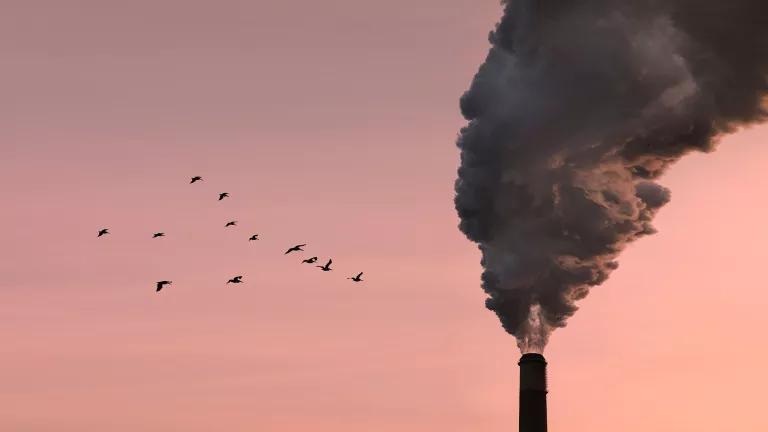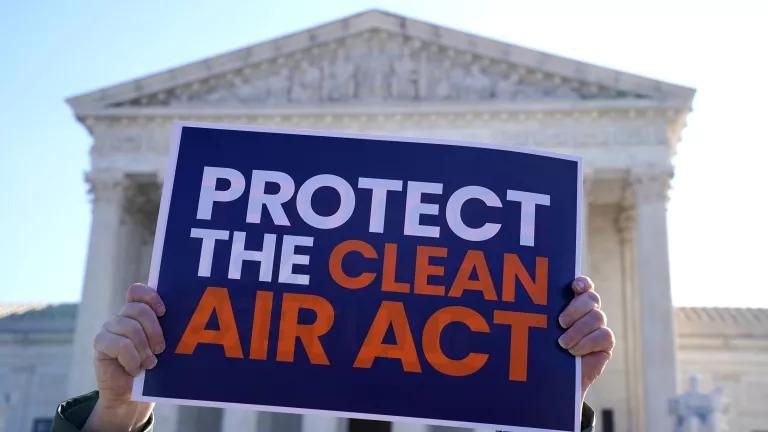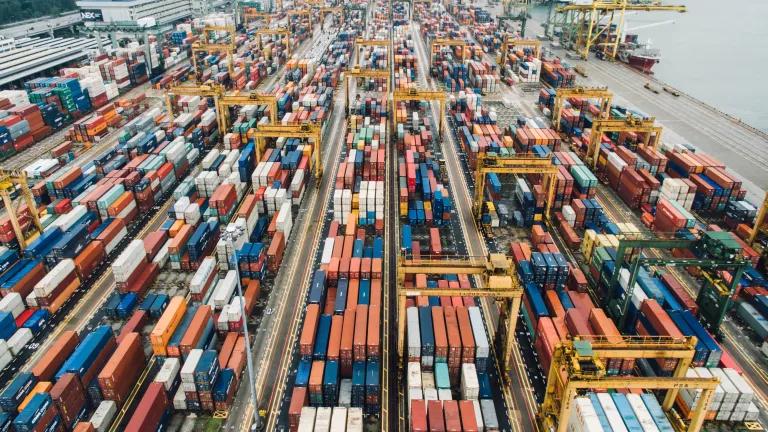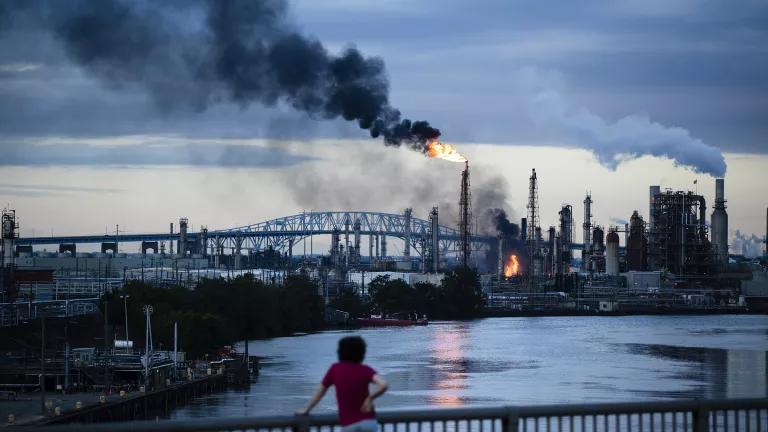The EPA Just Refused to Reduce Levels of Soot During a Pandemic Made Worse by Air Pollution

Airborne soot is already responsible for tens of thousands of American deaths each year—and new research shows it could make COVID-19 more deadly. So why is the federal government still giving polluters a pass?
UPDATE: On January 19, 2021, NRDC sued the U.S. Environmental Protect Agency to overturn its final do-nothing rule on soot pollution—a rule that leaves tens of millions of people vulnerable to deadly air pollution, even as the world grapples with COVID-19, a respiratory illness. “This outgoing administration should have followed the science and seen the hardship afflicting millions of people, and strengthened federal limits on soot pollution,” says John Walke, clean air director of NRDC. “But yet again, it chose to put polluter profits far ahead of protecting public health.”
UPDATE: On December 7, 2020, the U.S. Environmental Protection Agency issued its final rule for soot pollution, leaving the federal limit at its current—inadequate, unsafe—level and putting the health of tens of millions of people at risk. "Today's reckless decision can and should be swiftly undone by the incoming administration," says John Walke, clean air director of NRDC. "It's time polluters stopped making us sick."
Putting tens of millions of Americans’ health at risk, the U.S. Environmental Protection Agency today announced that it does not intend to issue a more protective limit on soot air pollution—the general name for the dangerous airborne particulate matter formed largely from burning fossil fuels—and instead leave the health standard at its current, unsafe level.
The decision comes days after new research found that heart and lung problems, made worse by breathing dirty air, increase the fatality rate of COVID-19 in the United States—particularly for already vulnerable communities. “This administration is passing up an opportunity to make the air cleaner for millions of Americans—choosing instead to do nothing,” says NRDC president Gina McCarthy. “That’s indefensible, especially in the midst of a health crisis that is hitting people who live in communities with high levels of air pollution the hardest.”
Primarily, microscopic soot particles come from sources like factories, vehicle engines, and power plants—or “anything that combusts fossil fuels such as coal, oil, or gas,” says John Walke, director of clean air in NRDC’s Climate & Clean Energy Program. Soot particles are less than 2.5 microns across—about 1/30th the size of a human hair—making them small enough to penetrate the lungs and bloodstream; they’re also linked to harmful health effects, including heart disease, asthma attacks, and lung cancer.
According to the Clean Air Act, the EPA is required to review the science and consider revising the soot standard level every five years, but the last review was completed in 2012. Not only is today’s decision three years late, but it also does nothing to strengthen the existing level—which, based upon the most recent health studies, is estimated to cause more than 50,000 premature deaths a year in the United States. The EPA’s own analysis by staff scientists showed that strengthening the standard by 25 percent could save over 12,500 lives annually.
“This reckless decision is made even more egregious coming on the heels of two big pushes to make our air even dirtier just last week: rolling back vehicle emissions standards and giving industry a ‘don’t ask, don’t tell’ policy for air pollution during the pandemic,” McCarthy says. “Now more than ever, our leaders should be protecting the American people, not the polluters that are making us sick.”



